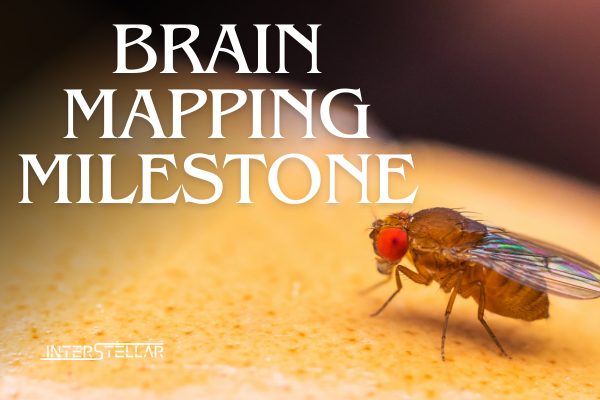Researchers Achieve Groundbreaking Milestone by Mapping Entire Fruit Fly Brain
Scientists have reached a new milestone in neurobiological research by mapping the entire brain of an adult fruit fly. This achievement may provide key insights into how brains function across the animal kingdom, including human brains.
Unveiling the Brain’s Complex Network
The research, published in Nature, reveals more than 50 million connections between 139,000 neurons in the fruit fly’s brain. The insect, known scientifically as Drosophila melanogaster, is a commonly used species in neurobiological studies. This study aimed to decipher how brains are wired and how signals govern healthy brain functions. Furthermore, it could serve as a foundation for mapping the brains of other, more complex species.
Professor Sebastian Seung, a Princeton University neuroscientist and computer scientist, co-led the research. He explained the broader implications of the findings: “If we can truly understand how any brain functions, it’s bound to tell us something about all brains.”
The Beauty of a Fruit Fly Brain
Although the average person may not find fruit flies appealing, the researchers were captivated by the intricate details of its brain. Measuring less than 0.04 inches (1 mm) wide, the adult fruit fly brain revealed complex connections and behaviours.
University of Cambridge neuroscientist Gregory Jefferis, another co-leader of the research, remarked on the aesthetic satisfaction of studying the fruit fly brain: “It’s beautiful.”
The study produced a comprehensive wiring diagram, called a connectome, for the brain of an adult fruit fly. Previous research had only mapped the brains of simpler organisms, like the worm Caenorhabditis elegans, or the larval stage of fruit flies. The adult fruit fly presented researchers with more complex behaviours to examine.
Investigating Brain Wiring and Behaviour
The mapping of the fruit fly brain allowed scientists to address key questions about how neural connections influence behaviour. “One of the major questions we’re addressing is how the wiring in the brain, its neurons and connections, can give rise to animal behaviour,” noted Princeton neuroscientist Mala Murthy.
Fruit flies are valuable models for neuroscience research because their brains, while simpler, solve many of the same problems human brains do. These insects demonstrate sophisticated behaviours such as walking, flying, learning, memory, navigation, and even social interactions. Researchers analysed different brain circuits that influence these behaviours, discovering how flies halt when walking and how their taste network and grooming circuits function.
In addition, the team examined the fly’s visual system, learning how its eyes process motion and colour. They also mapped connectivity throughout the brain and identified “hub neurons” that may enhance the speed of information flow.
The study, conducted by the FlyWire Consortium—a large international collaboration of scientists—has paved the way for future research into more complex brains. This project marks a significant step forward in understanding how brain structures translate into behaviour.





